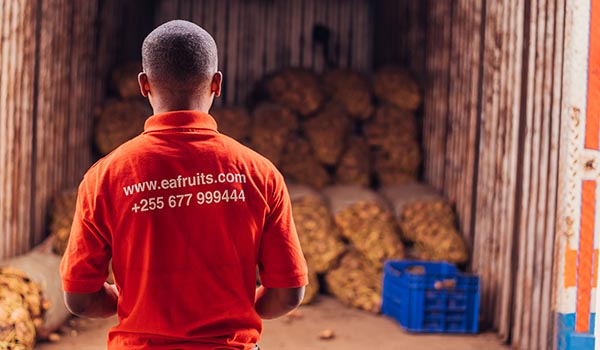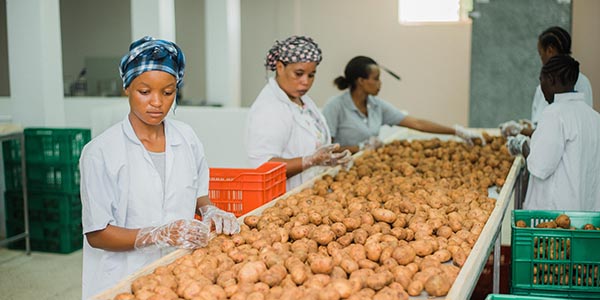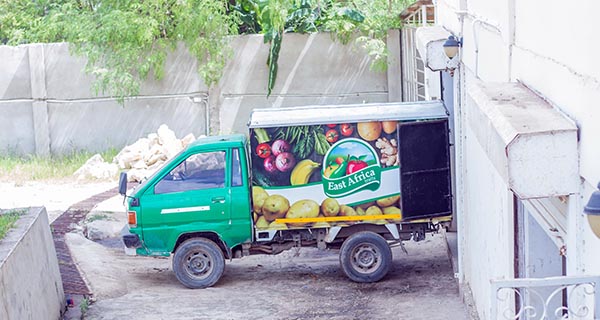
Every year at Sankalp Africa and countless other conferences the big NGOs, governments, and other institutions talk about helping smallholder farmers. The story rarely changes. Post-harvest losses. Low yields. More and better training.
At Africa Eats, we think there is a better, far more efficient solution to these problems. Rather than funding and training farmers, we invest in and support the supply chain companies who buy from those farmers, bringing market demand to tens of thousands of smallholder farmers.

The analogy is a rope. Training smallholder farmers is like pushing on a rope. You can push all you want, but no matter how hard you push, it doesn’t make the rope move. If the NGO/government programs double yields, that creates more food but doubles the existing problem of getting food to market and getting a decent price from the buyers.
Investing in supply chain companies pulls on the rope. The market demand is brought to the farmers. Once an aggregator is buying everything a farmer can grow, the farmer has a reason to listen to the trainers to increase yields and increase quality as every additional kg of food become more income for the farmer.
This isn’t rocket science, it’s simple capitalism.

Meanwhile, the supply chain companies have more to do than pick up and redistribute the food. They have to aggregate the consumer demand across retailers, supermarkets, restaurants, and exports. They have to process the food, even if that is just sorting out the unusable produce. And most of all, they have to operate the logistics, which get challenging when working with thousands of farmers and thousands of customers.

For of the bizi in Africa Eats, this is what they do. Collectively, they bought fruits, vegetables, grains, and animals from over 30,000 smallholder farmers in 2020. Collectively they sold that food to at least 10,000 customers.
The bizi buy from 100’s of thousands of African farmers and sell to over 100,000 customers across the continent and overseas. By the end of the 2020s this will grow past 1 million farmers, moving hundreds of millions of dollars worth of demand into the hands of those farmers.
That is how we solve poverty in Africa. Africa Eats!



